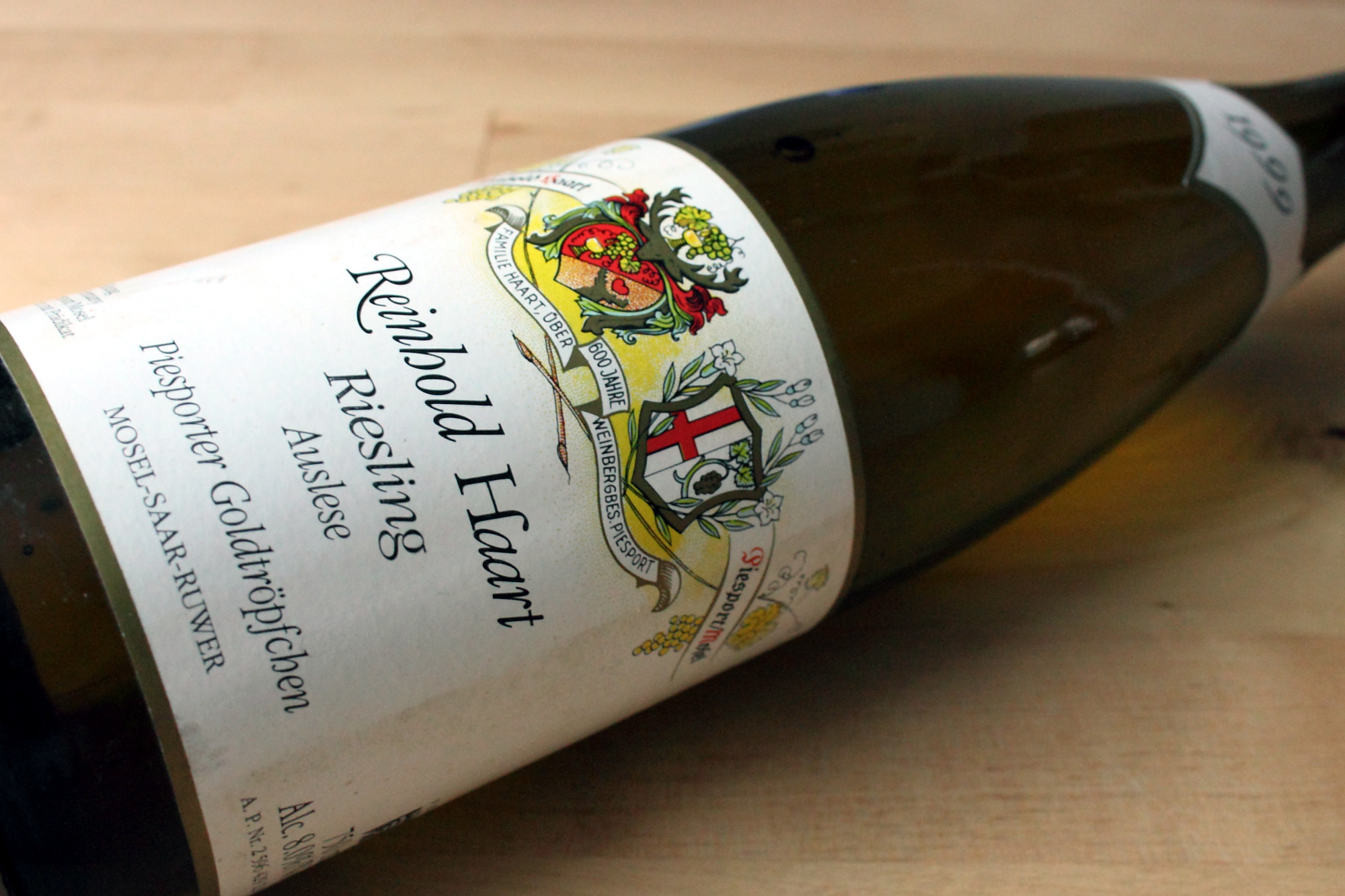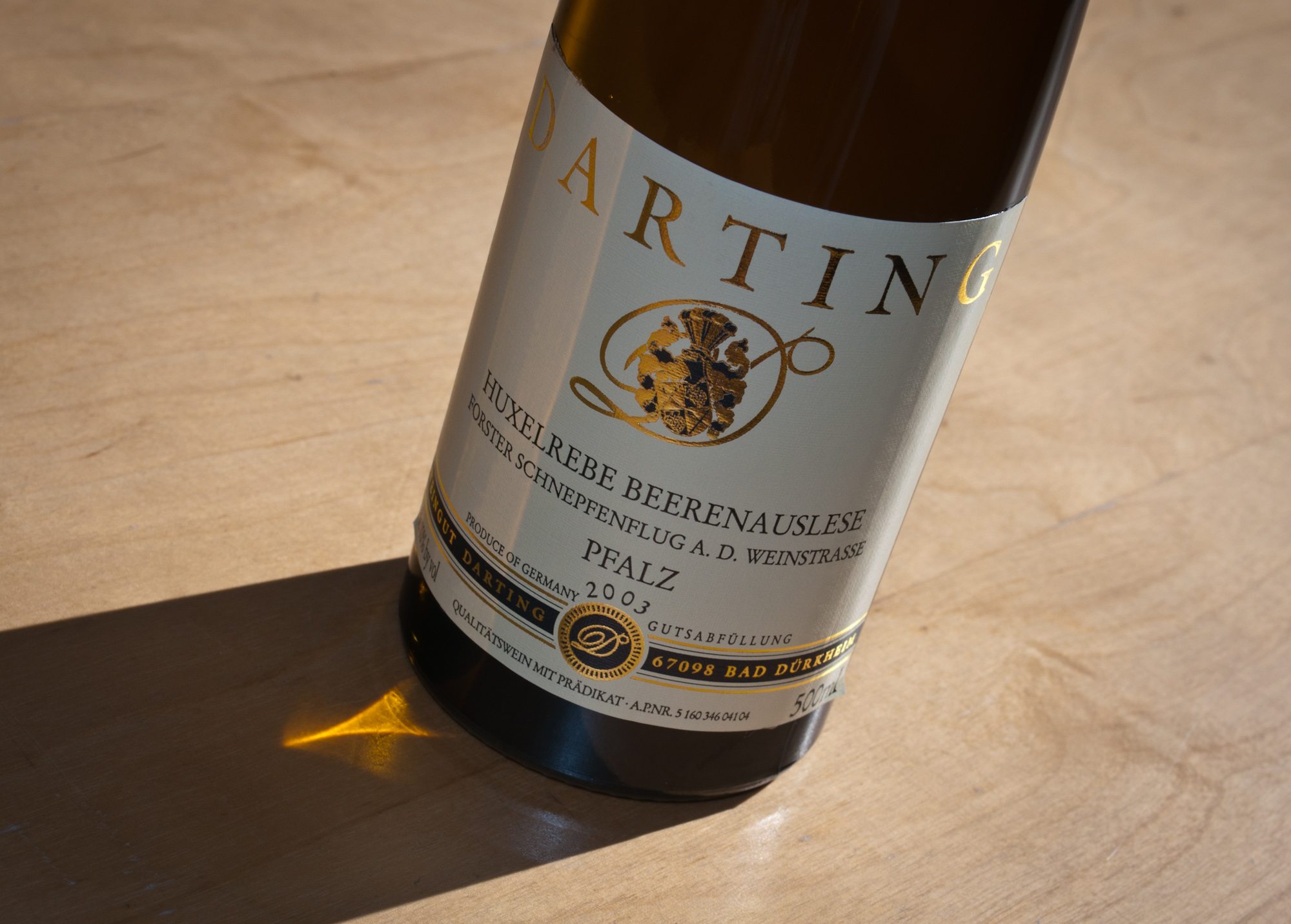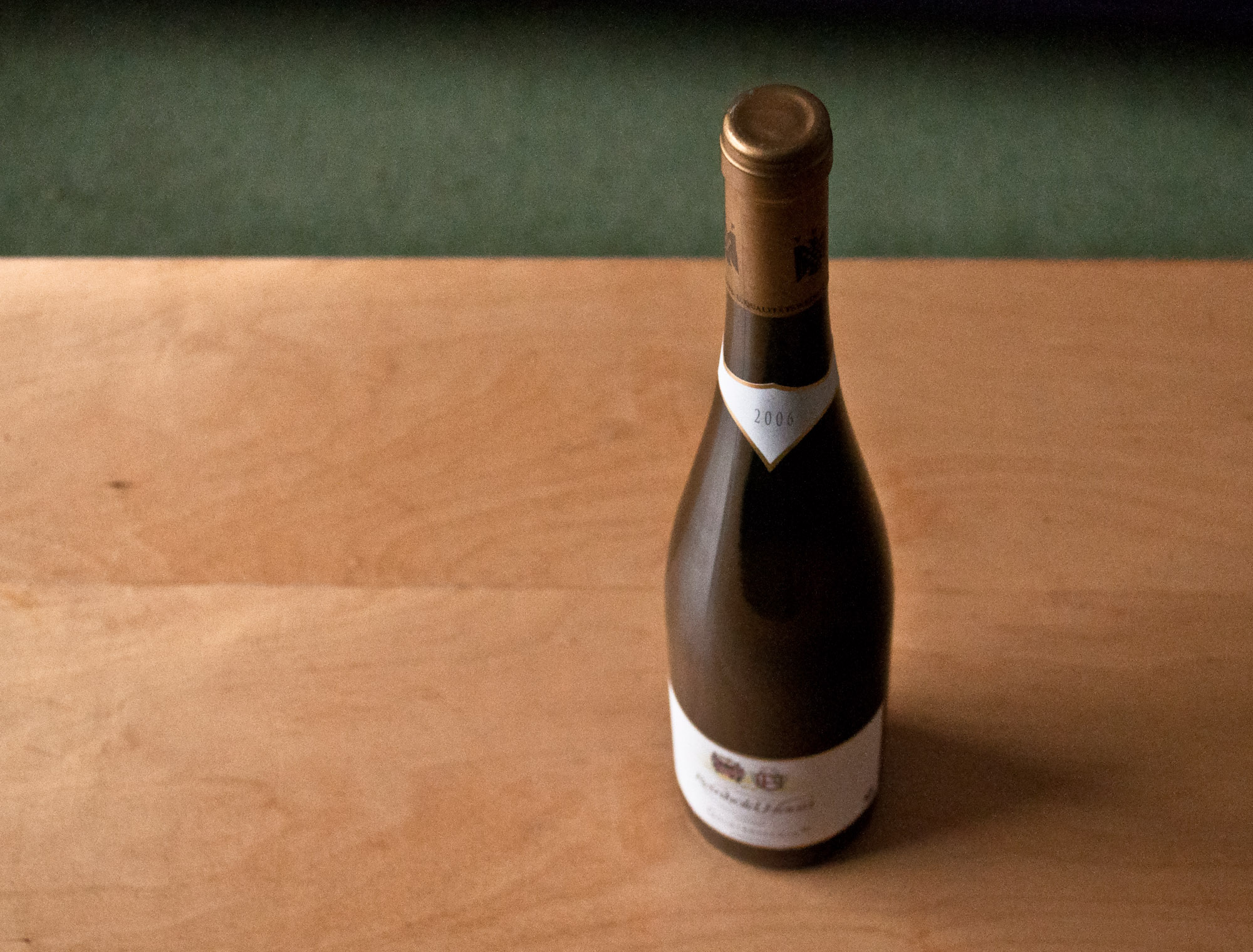Dr. Hermann, Erdener Treppchen, Riesling Kabinett, 2009
After all the excitement of wines dug out of the garbage and superbly aged supermarket plonk (whatever next?), dare we even bother you with a simple Kabinett from the Mosel, a sweet young thing from the slopes of Erden? We do indeed and, in all modesty, I think we may have found a minor classic for you.

One to even hide away now, maybe, and in ten years' time, follow our example and write your own semi-informed little piece on what you dug out of your cellar, wardrobe or customised wine storage appliance?









